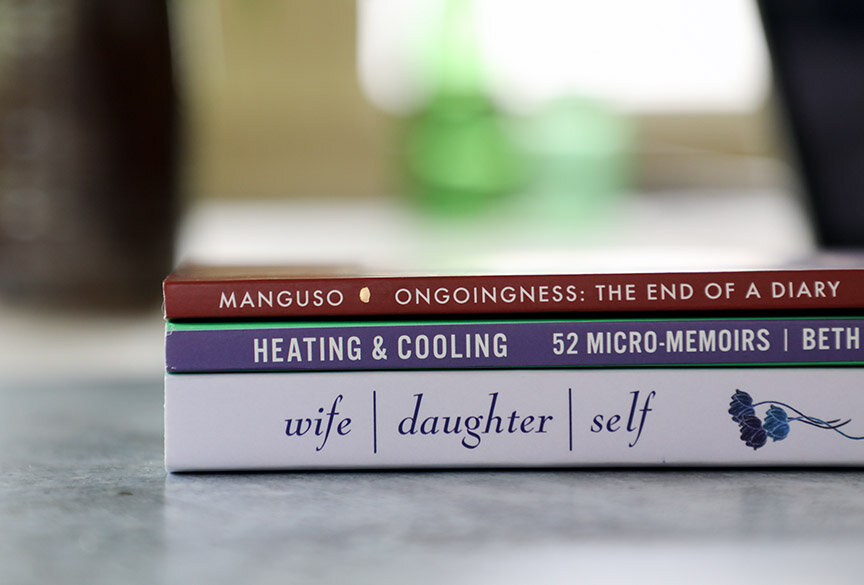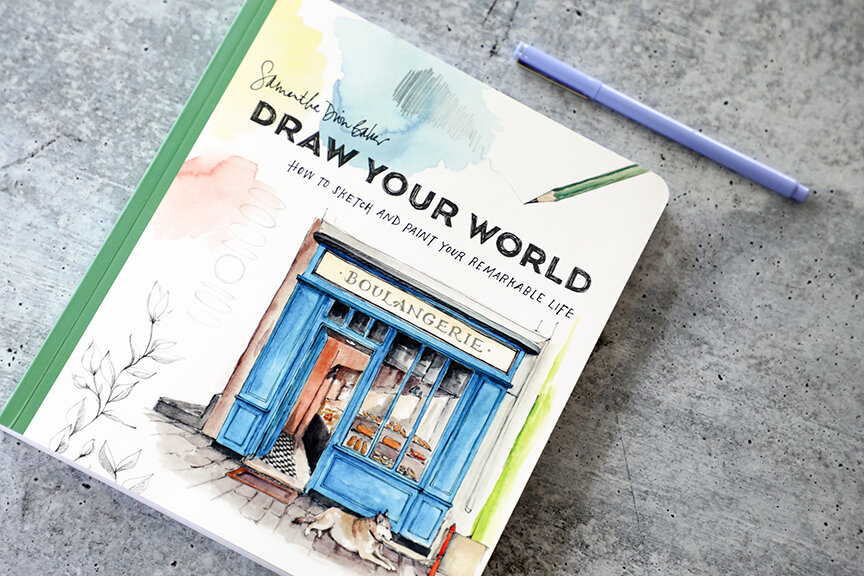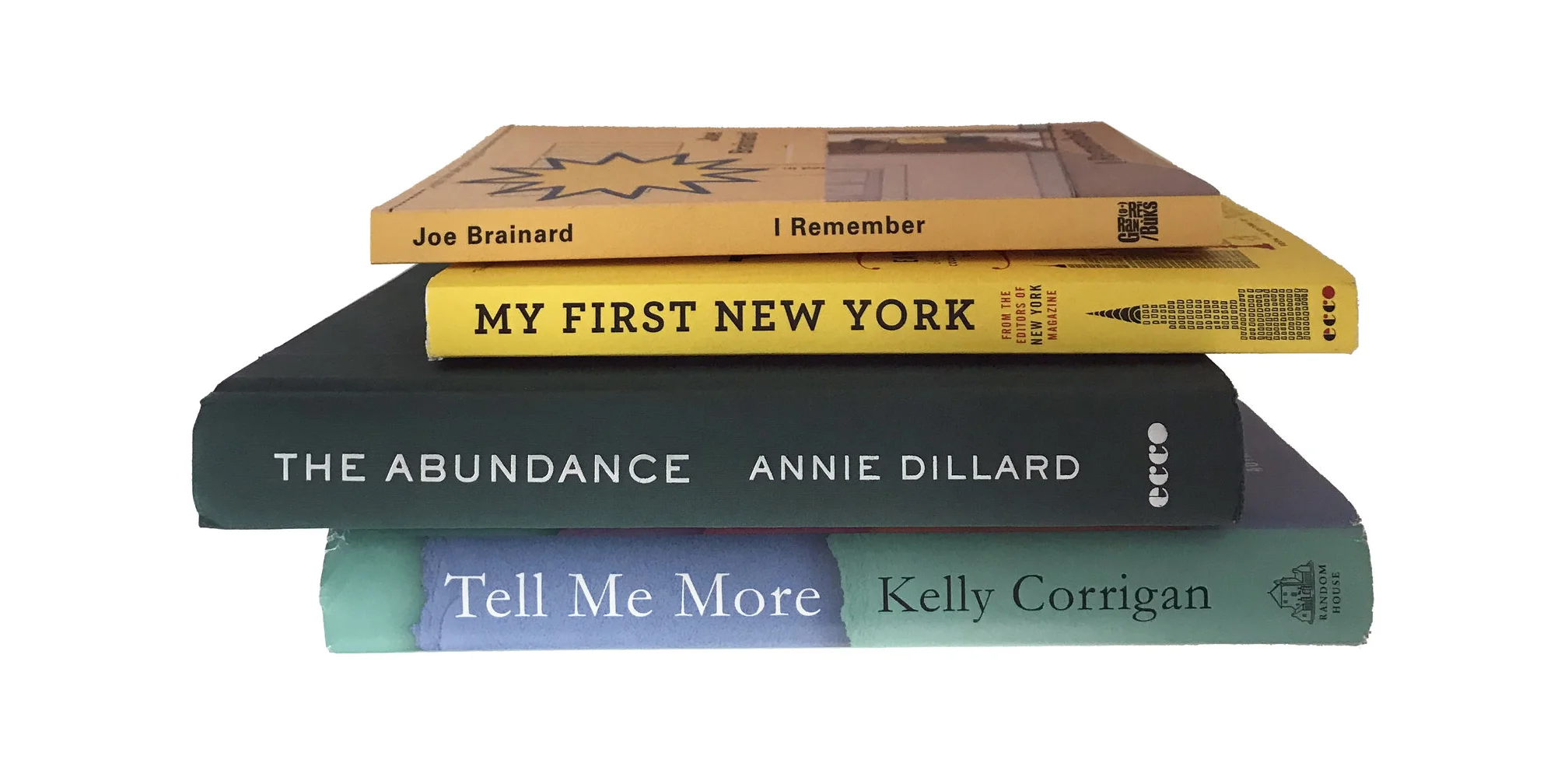Want to use your life story to inform your fiction?
This new book from Ruth Sepetys, You: The Story, is a great resource for anyone who wants to write fiction informed by their own life experiences.
What if you don't want to write a memoir, but you know that stories from your life are compelling? What if you’re rereading your journal one night only to discover that the twists and turns in those pages read like a movie script? Maybe it's time to consider using your life experiences to inform a fictional book.
Why not? Transforming scenes from your life into scenes in a novel is a tried-and-true way to infuse a fictional account with an underlying truth that readers can relate to.
In her recent book You: The Story (Viking, 2023), Ruta Sepetys suggests you put a piece of yourself into your fiction: “When you do, you'll pull the reader to the page and share something resonant and meaningful that will keep them there.”
But how? I recommend you begin by picking up a copy of Sepetys’s book, subtitled “A Writer's Guide to Craft through Memory.” While I was drawn to it for the snippets of wisdom applicable to personal historians and memoirists, I soon realized it's a better resource for those who want to be inspired by their life, not depict it directly on paper.
3 ways you'll learn to effectively write from your life
You'll have a library of creative writing prompts at your fingertips.
Each chapter of You: The Story concludes with a handy recap (in easy-to-scan bullet points) as well as a series of writing prompts aimed to help you with that chapter's premise. Working on writing genuine-sounding dialogue? There are prompts for that. How about creating a setting that's immersive, believable? That, too.
Some of the suggestions may seem obvious, but I would argue that they will only seem so in retrospect. Sepetys encourages you to brainstorm a list of settings from your own life, for instance—addresses (including corresponding time periods and people around you) as well as memories you associate with each place. It's through detail, after all, that dialogue and setting and characters come to life. So detail is what she (and you) are after.
Here's an example of a writing prompt from the chapter called “Setting”:
Recall a time when you thought, What in the world am I doing here? Write for ten minutes about that time. Describe the setting and your feelings there.
Note that it's not just the color of the walls or the overarching smell of a place, it's also the way the place made you feel. Throughout the book the author implores you to consider, at every turn: How do these things from YOUR life impact your fictional characters? Mine your life for details, then fold them into your imaginative narrative.
You'll learn how to turn real people into characters.
Putting people you know into your book is generally a no-no (while it’s unlikely, lawsuits have even been brought by individuals who have recognized themselves in a story and took umbrage at their portrayal). Just about every fictional character, though, is an amalgamation of people we have come across in our lives. You want a reader to identify with a character—to feel like they recognize this person, whether in themselves or in someone they know—and the best way to do that is to root them in some reality.
Sepetys offers up an array of ways to do this, from tapping into archetypes and personality quirks to identifying a character's personal rhythms and rendering their nuances. She explores how you can create believable characters inspired by your life in three chapters—“Character Development,” “Voice,” and “Dialogue”—and it is here I think she provides the most value through concrete examples, instructive writing prompts, and helpful tips.
“Your true voice is layered deep within your life experience and your memories,” she writes. “It's the voice of your old diary, the voice of your desperation, and sometimes the voice you hope no one else will hear.”
You'll discover even more reasons to preserve your memories.
If you're here on this site, I'm fairly confident you're already a memory-keeper of one kind or another. I've been one since I was a child (really). And still I felt inspired by Sepetys’s words.
“Memories are like leaves,” she writes. “They fade, fall, and scatter beneath the slightest sigh of wind. So for now, think of ways to press them between wax paper and preserve them for one quiet day in the future.” One day when you might be in need of sensory details to bring a character to life. One day when you might need a glimpse of the you that you were 10 years ago. One day when your son or daughter asks you to recall something that has long since blown away on the breeze.
Whether you choose to tap into your life by writing a personal memoir or a fictional account, I encourage you to look inward and write what you find. As Sepetys says, “Work with your stories. Water them with your blood and tears and laughter. The world needs them.”
Your life is a story.
One of my favorite bits of wisdom from Ruta Sepetys’s book applies whether you are turning your life stories into fiction or nonfiction:
“Use your own best judgment about which memories you might be able to responsibly dig through and which ones you should avoid. Protect your head and your heart. Always.”
Note: This is an unsolicited review of a book I purchased at full price. I did not receive any compensation or free products in exchange, and any endorsements within this post are my own.


































Looking for a meaningful gift for your parents? An annual subscription to our Write Your Life memory and writing prompts may be just the thing—or, maybe not.